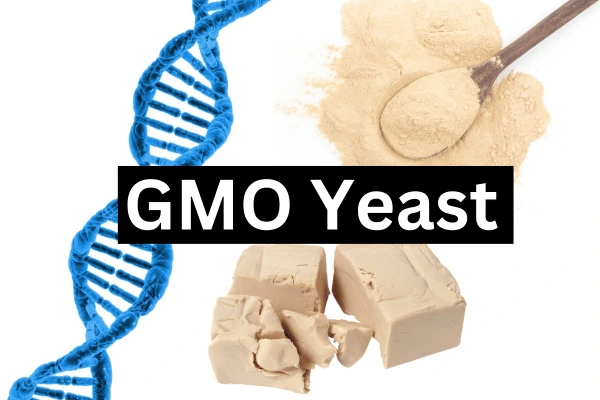
Many types of food are made using microbes, and the two most common types of microbes used in food production are:
- Lactic Acid Bacteria (LAB) — a collection of bacteria species used to make cheese, pickles, yogurt, sauerkraut, kimchi, and sourdough bread — and
- Yeast — Different strains of which are used to produce bread, coffee, beer, wine, and liquor.
Over the last decade, several foodtech startups have genetically engineered specific strains of these microbes in order to produce proteins normally derived from animals (e.g. Impossible Foods uses genetically modified yeast to produce the heme protein).
The FDA has approved the proteins produced by those genetically modified microbes, but the microbes themselves didn’t have to be approved because they weren’t included in the final product (e.g. Impossible Foods only makes its fake meat using the protein produced by GMO yeast but doesn’t include the GMO yeast itself in the fake meat). However, there are many opportunities to innovate by genetically modifying microbes that DO end up in the final product:
- Create GMO bread yeast that will enrich bread with vitamins,
- Create GMO wine yeast that will produce fewer sulfites, or
- Create GMO lactic acid bacteria that will sweeten yogurt, pickles, and kimchi with miraculin.
Has the FDA approved any such GMO microbes for use as food ingredients?
No, the FDA has not approved any genetically modified strain of yeast, lactic acid bacteria, or other microbe for use as a food ingredient. No GMO microbe has received FDA approval as a food additive or been granted GRAS (generally recognized as safe) status.
In fact, only a few GMO plants have ever been granted FDA approval, a single GMO animal has received FDA approval, and no GMO microbes have received FDA approval. Below is a complete list of genetically modified organisms that have received FDA approval for human consumption:
- Alfalfa
- Apples
- Canola
- Corn
- Eggplant
- Papaya
- Pineapple
- Potatoes
- Salmon
- Soybeans
- Summer squash
- Sugarbeets
As you can see, that’s not a very long list! That’s partly because of the amount of time and money that are needed to obtain FDA approval for a GMO. Extensive scientific studies must be performed to demonstrate that a GMO is safe before it can be sold in the U.S. In general, you can expect a new GMO to take around 16 years to obtain FDA approval for human consumption.
Bibliography
[1] How GMOs Are Regulated in the United States. FDA.
[2] How the Federal Government Regulates Biotech Plants. USDA.
[3] Safety Aspects of Genetically Modified Lactic Acid Bacteria. NCBI. 2020.
- This review paper explains the prospects for lactic acid bacteria (LAB) to obtain GRAS status from the FDA. As of the time the paper was written, no genetically modified LAB strains had been granted FDA approval.
[4] How the U.S. FDA’s GRAS Notification Program Works. FDA. 2005.
[5] GMO Crops, Animal Food, and Beyond. FDA. 2022.
[6] List of Bioengineered Foods. USDA.